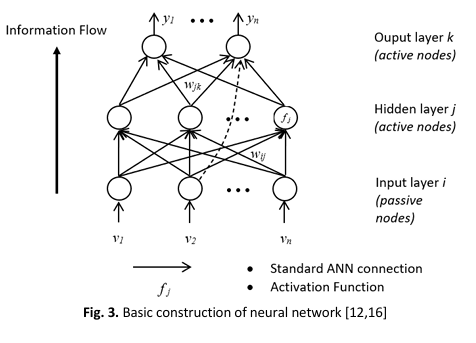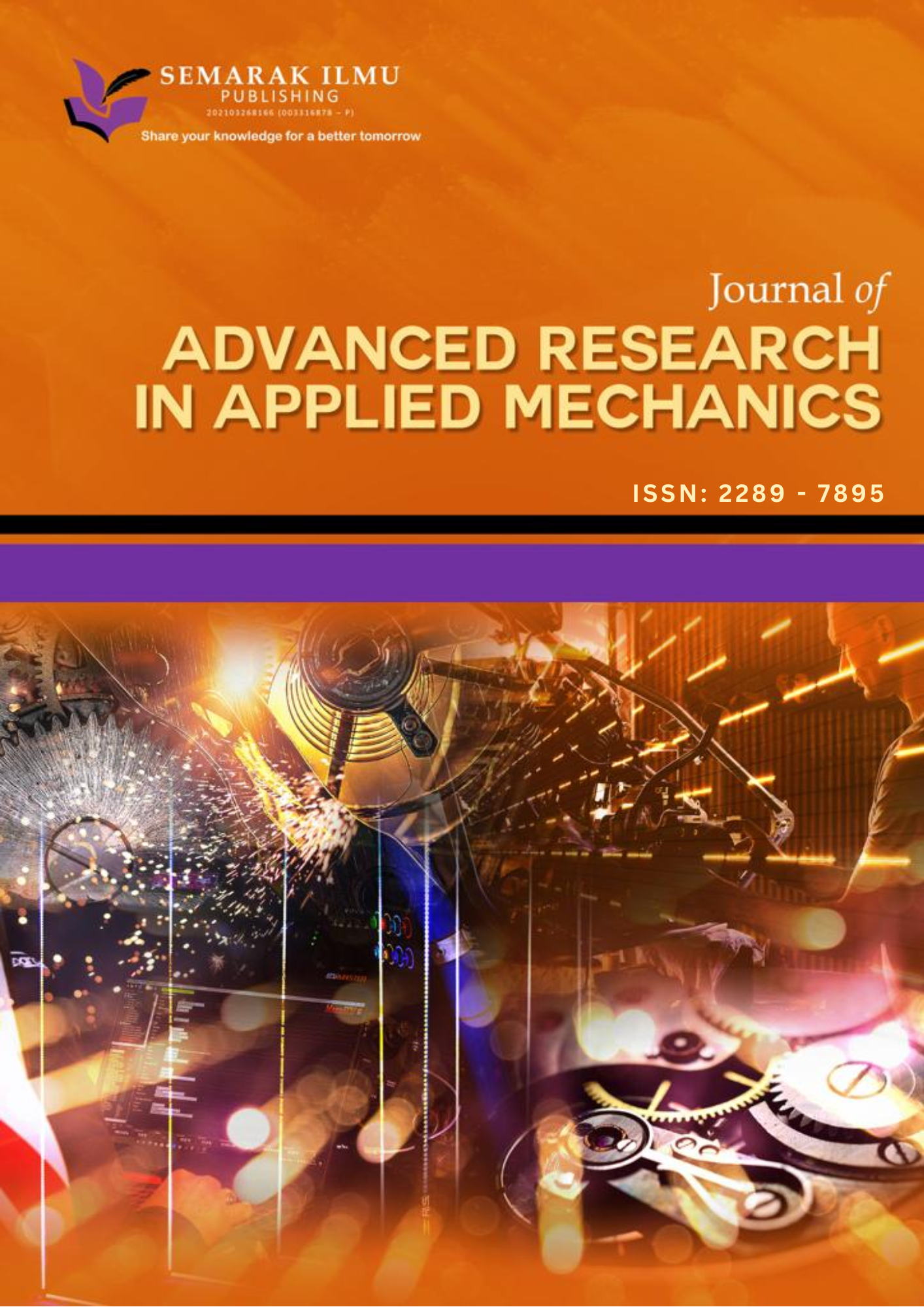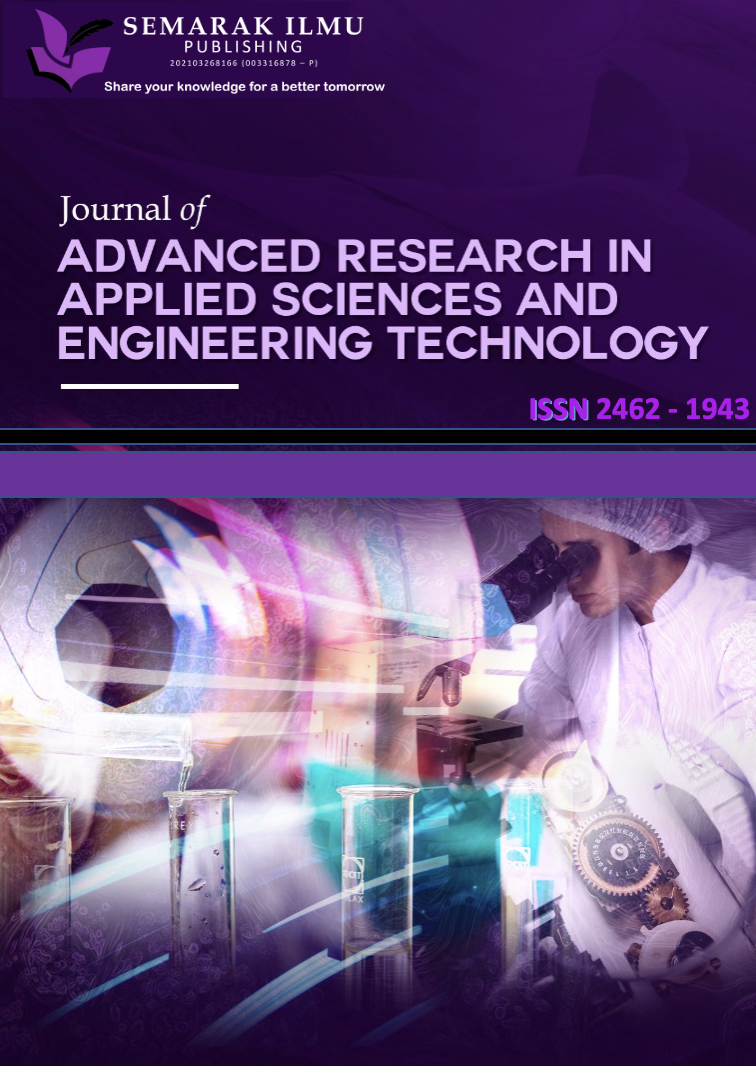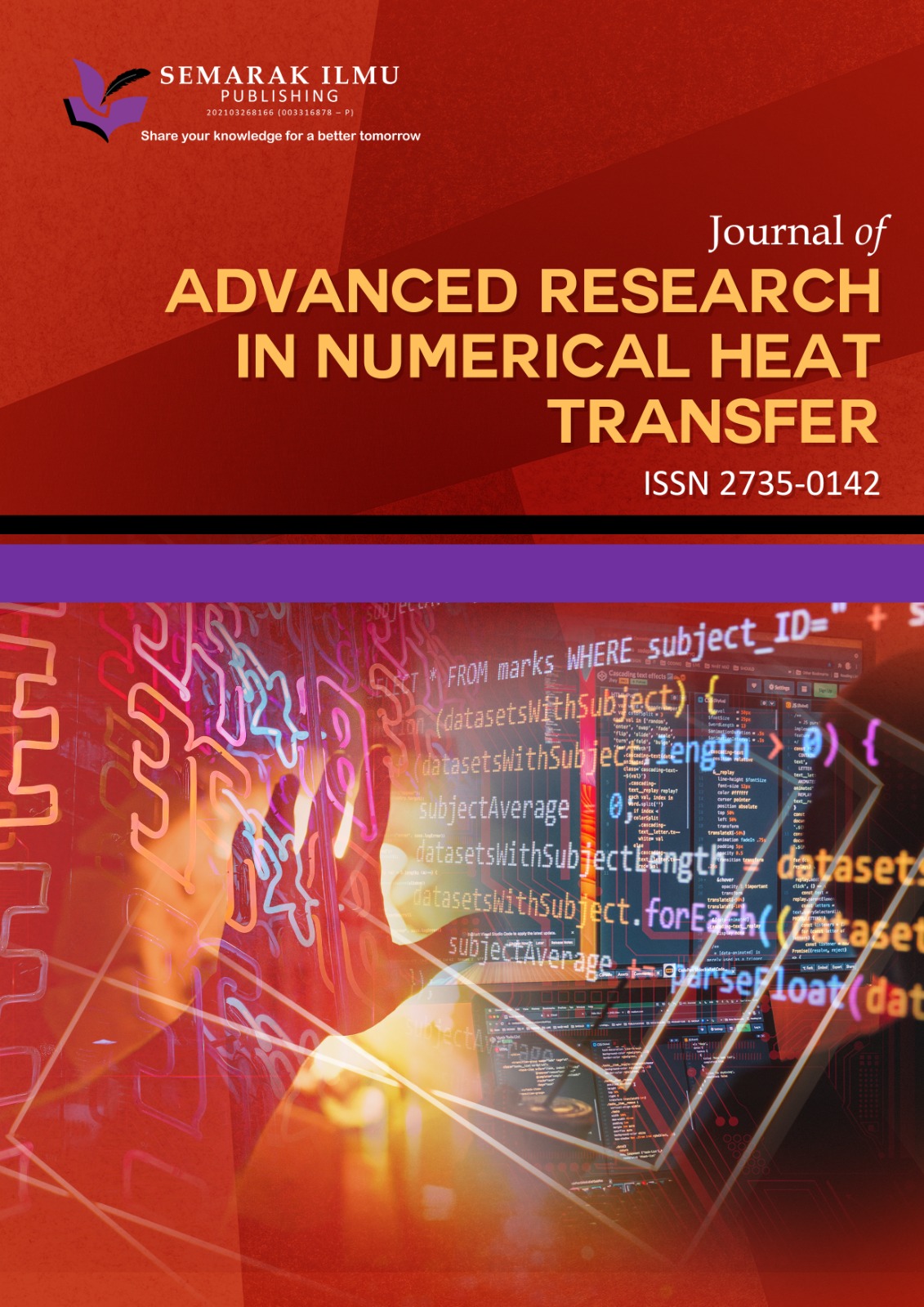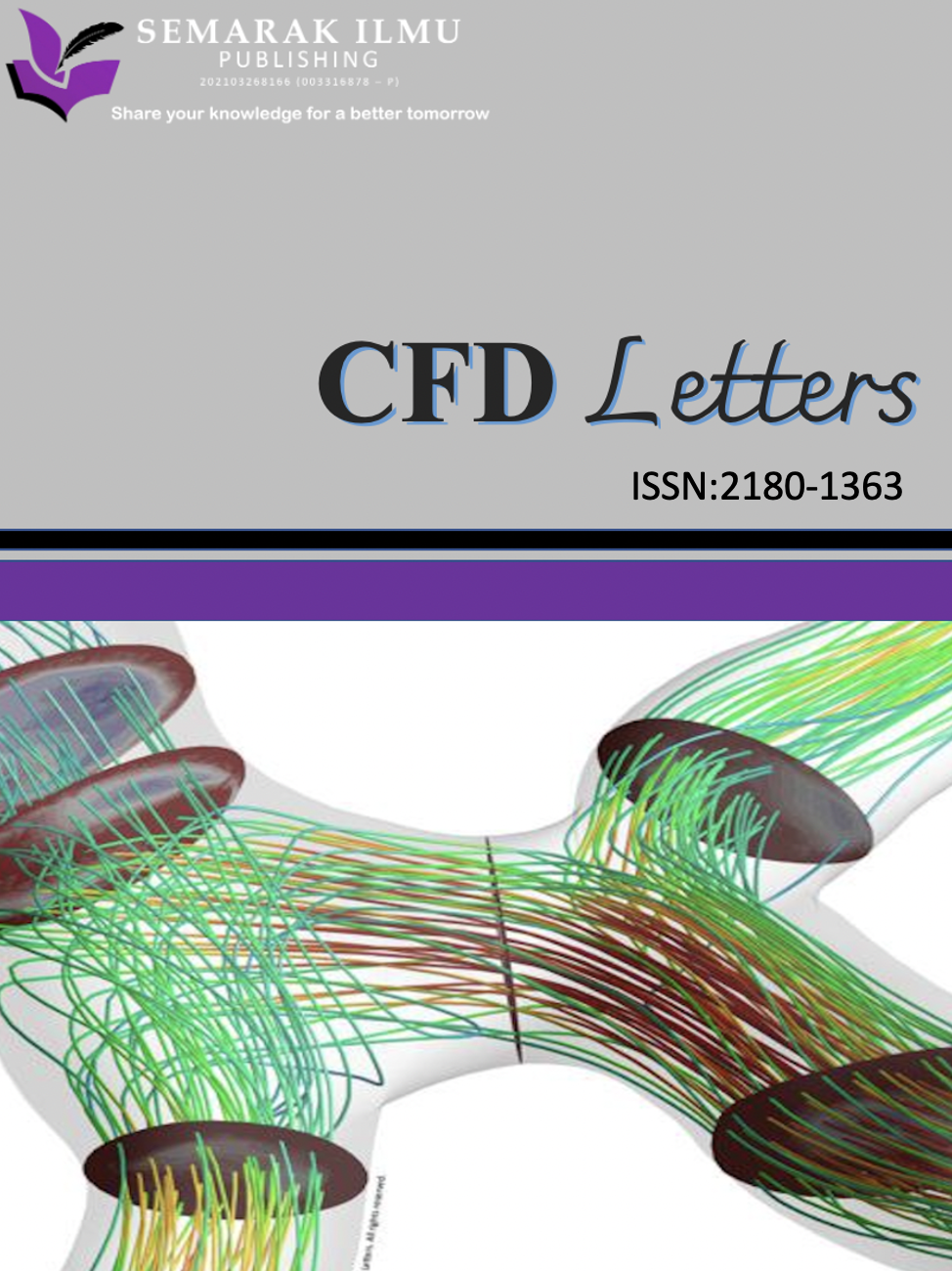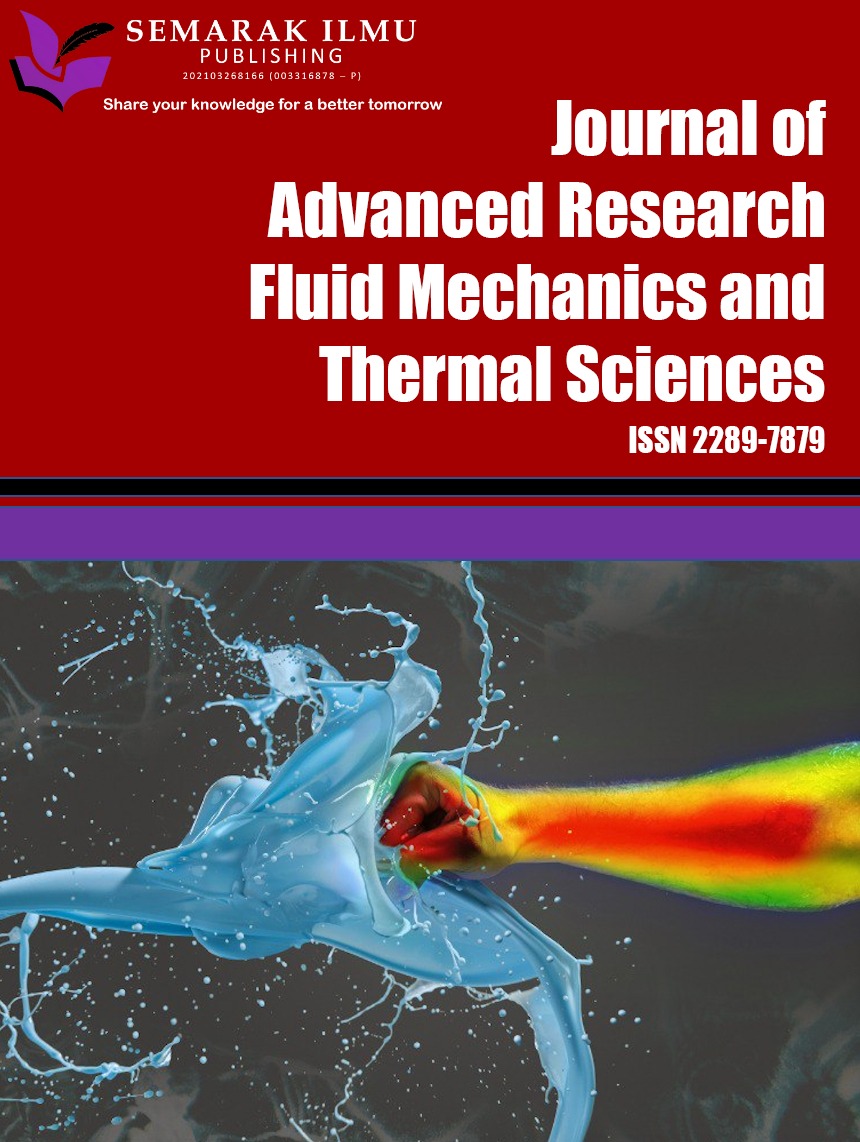Signal Restoration using Bayesian Neural Network
DOI:
https://doi.org/10.37934/ard.131.1.90103Keywords:
signal restoration, Bayesian estimation, Bayesian regularization, Bayesian neural networkAbstract
Signal restoration can be defined as predicting original input signal which being affected by the noise using some prior information from the process or the desired output signal. This paper deals with signal restoration using estimation by applying a Bayesian Neural Network (BNN). Signal recovery emphasizes the challenge of predicting the original input signal from the distorted or noisy version of the original signal. Data that was lost or went missing during transmission or storage must be recovered and added back to the original signal. The objective of this project is to restore the lost signal with a high degree of precision. Three datasets, notably those related to Energy, Air Quality, and Combined Cycle Power Plants, were predicted for this study. These datasets will be trained utilising the Bayesian Regularized (BR), Levenberg-Marquardt (LM), and Gradient Descent (GD) training algorithms. The Coefficient of Determination (R2) and Mean Square Error are used to gauge the effectiveness of signal restoration (MSE). In comparison to LM and GD, the results demonstrate that BR is the most effective training algorithm for signal restoration. In comparison to the LM and GD training algorithms, the majority of R2 values for BR are close to 1 (0.7 to 0.99) and the MSE value is the lowest (-32.9387 dB). This proposed BNN model can be apply in the signal restoration and prediction for practical wireless communication system such as speech and audio processing, multimedia processing, underwater acoustic, biological signal and others.
Downloads
